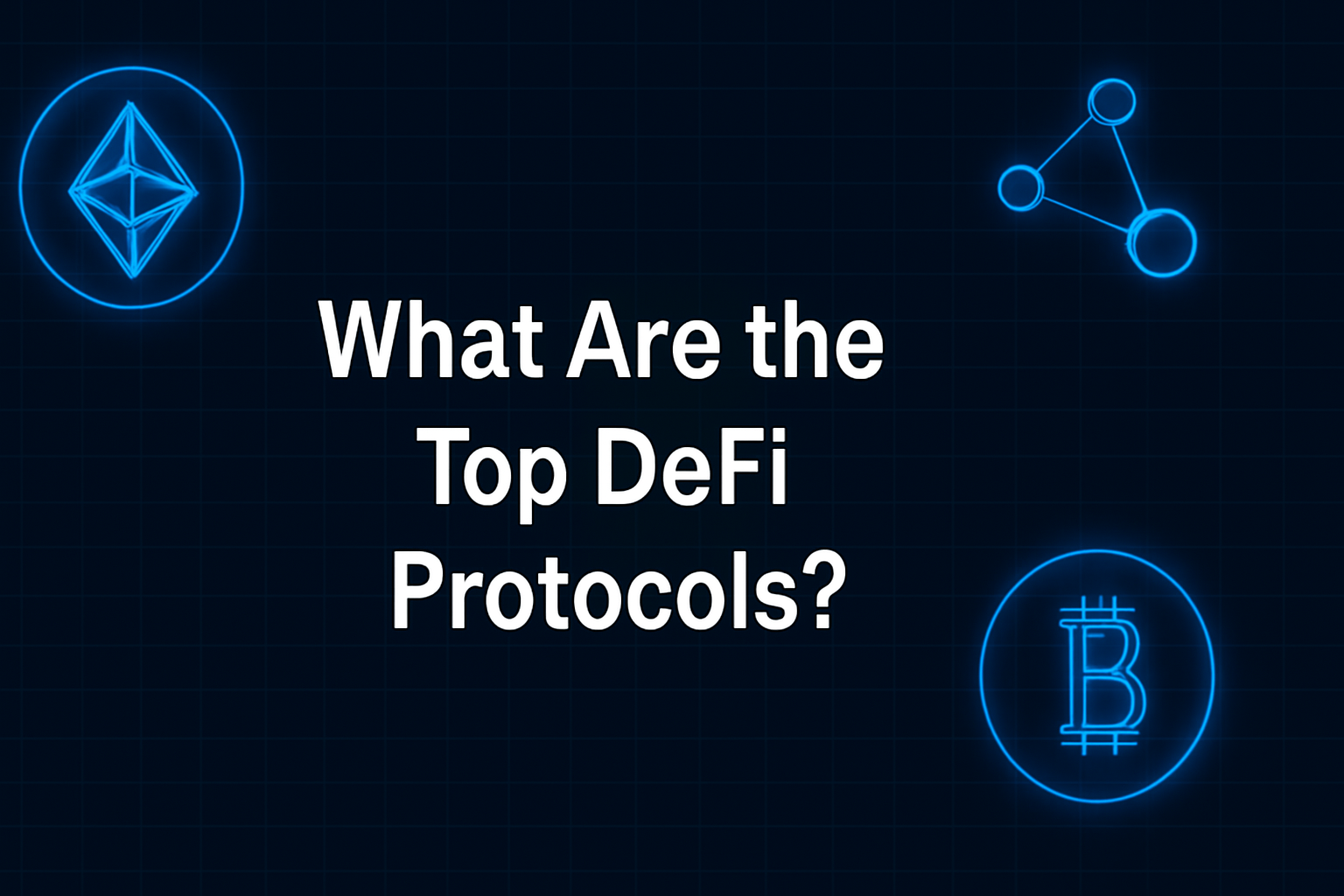
The landscape of decentralized finance is evolving at a breakneck pace, and nowhere is this more apparent than in the realm of under-collateralized lending. In 2025, the integration of onchain risk scores has sparked a quiet revolution, unlocking new capital flows and fundamentally reshaping how trust and creditworthiness are established in DeFi. The days when borrowers had to lock up two or even three times their loan value in crypto just to access liquidity are fading into history. Instead, a new paradigm is emerging, one where reputation, transparency, and data-driven risk assessment take center stage.

Why Over-Collateralization Held DeFi Back
To appreciate the impact of onchain credit scoring, it’s important to understand why over-collateralization was once a necessary evil. Early DeFi protocols like MakerDAO and Compound required users to deposit far more collateral than they borrowed. This was the only way to compensate for the lack of traditional credit checks and ensure protocol solvency in an open, anonymous environment. While effective at first, this model created inefficiencies:
- Capital Inefficiency: Billions in idle collateral sat locked away, unable to be deployed elsewhere.
- Limited Access: Only users with significant crypto holdings could participate meaningfully.
- No Real Credit Assessment: Borrowers were judged solely by wallet balances, not behavior or repayment history.
This over-cautious approach left trillions in potential capital on the sidelines (see detailed analysis). For DeFi to mature into a true alternative to traditional finance, it needed a way to evaluate risk more intelligently, and that’s where onchain risk scores come in.
The Rise of Onchain Reputation Systems
The breakthrough came with decentralized identity (DID) frameworks and open-source reputation protocols that aggregate verifiable on-chain activity. Today’s leading platforms act as “decentralized credit bureaus, ” pulling data from lending history, protocol participation, liquidations avoided, and even nuanced metrics like social staking or DAO governance engagement.
This mosaic of data forms an individualized onchain risk score, which lenders can use to tailor loan terms, often requiring far less collateral for borrowers with strong reputations. The process is transparent yet privacy-preserving thanks to cryptographic proofs and zero-knowledge attestations.
The results speak for themselves: as of Q3 2025, total value locked (TVL) in DeFi lending platforms surged over 72% year-to-date, topping $127 billion. Notably, April 2025 marked a historic turning point as on-chain money markets surpassed their CeFi counterparts in active loans for the first time (see report). This growth is closely tied to protocols embracing under-collateralized models powered by robust credit scoring mechanisms.
Diversification Beyond Crypto: The Role of Real-World Assets
A key driver behind this expansion has been the acceptance of tokenized real-world assets (RWAs) as collateral, everything from tokenized treasuries to invoice-backed tokens. By integrating these assets into lending protocols alongside crypto-native tokens, platforms have diversified their collateral base and reduced overall volatility exposure. Protocols have also tightened risk parameters for stablecoins backed by RWAs, reflecting a market maturing toward balanced growth and prudent management.
This diversification not only broadens participation but also helps mitigate systemic risks that plagued earlier cycles dominated by highly correlated crypto assets. For borrowers with strong onchain reputations but limited crypto holdings, RWAs provide new avenues for accessing liquidity without excessive collateral requirements.
Navigating New Risks: Data Privacy and Standardization Challenges
Despite these advances, challenges remain at both technical and regulatory levels. Ensuring user privacy while maintaining transparent reputation systems is paramount; zero-knowledge proofs are promising but not yet ubiquitous across all protocols. Standardizing risk assessment frameworks is another hurdle, without interoperability between platforms’ scoring methods, fragmentation could undermine trust in cross-protocol lending markets.
Looming above all is regulatory uncertainty. As decentralized identity grows more sophisticated and real-world assets flow onto blockchains at scale, protocols must adapt swiftly to shifting compliance demands without sacrificing user autonomy or core DeFi principles (read more about evolving standards here).
Amid these complexities, the momentum behind onchain risk scores is undeniable. Protocols are innovating at a rapid clip, with new products emerging that leverage decentralized identity and advanced analytics to create more dynamic, responsive lending markets. For example, some platforms now adjust interest rates and collateral requirements in real time based on borrowers’ evolving onchain reputations and repayment behaviors. This not only incentivizes responsible participation but also allows capital to flow efficiently where it’s most productive.
DeFi users are also benefiting from greater transparency in risk modeling. Unlike opaque credit scoring in traditional finance, onchain reputation systems make it possible for borrowers to understand, and even improve, their creditworthiness by maintaining positive repayment histories or actively participating in governance. This feedback loop is fostering a more meritocratic and open financial ecosystem.
What’s Next for Under-Collateralized DeFi Lending?
The future of under-collateralized lending in DeFi will likely be shaped by three major forces: interoperability, institutional adoption, and the continued tokenization of real-world assets. As risk scoring protocols become more standardized and widely adopted, we can expect seamless credit portability across platforms, meaning your reputation can follow you from one protocol to another without friction or loss of trust.
Institutional players are watching these developments closely. The surge in TVL to $127 billion by September 2025 has not gone unnoticed by banks and asset managers seeking exposure to digital yield strategies. Their participation could drive further refinement in risk management practices while bringing much-needed liquidity and legitimacy to the sector.
Meanwhile, the expansion of tokenized RWAs as collateral is set to deepen. We’re already seeing protocols accept everything from real estate-backed tokens to tokenized invoices as part of their collateral mix, a trend that could eventually bridge the gap between DeFi and traditional credit markets.
Building a Safer, More Inclusive Financial System
The transformative power of onchain risk scores lies not just in unlocking capital but in democratizing access to credit itself. By shifting the focus from static wallet balances toward holistic assessments of behavior and reputation, DeFi protocols are opening doors for users who have historically been excluded from both traditional banking and earlier waves of crypto lending.
This evolution isn’t without growing pains, privacy concerns must be managed carefully, standards need continual refinement, and regulatory frameworks will inevitably shape how far these innovations can reach. Yet the trajectory is clear: under-collateralized lending powered by decentralized risk assessment is moving DeFi closer than ever before to its founding ideals of openness, transparency, and financial empowerment for all.
For those eager to dive deeper into how onchain risk scores are actively reducing liquidation risks while enabling safer under-collateralized lending models, this guide offers an expert breakdown.





